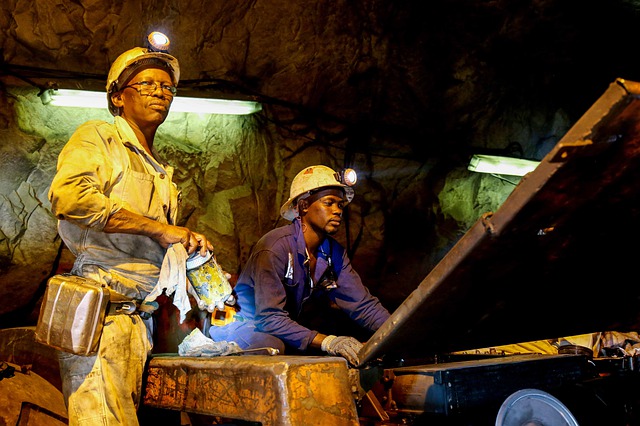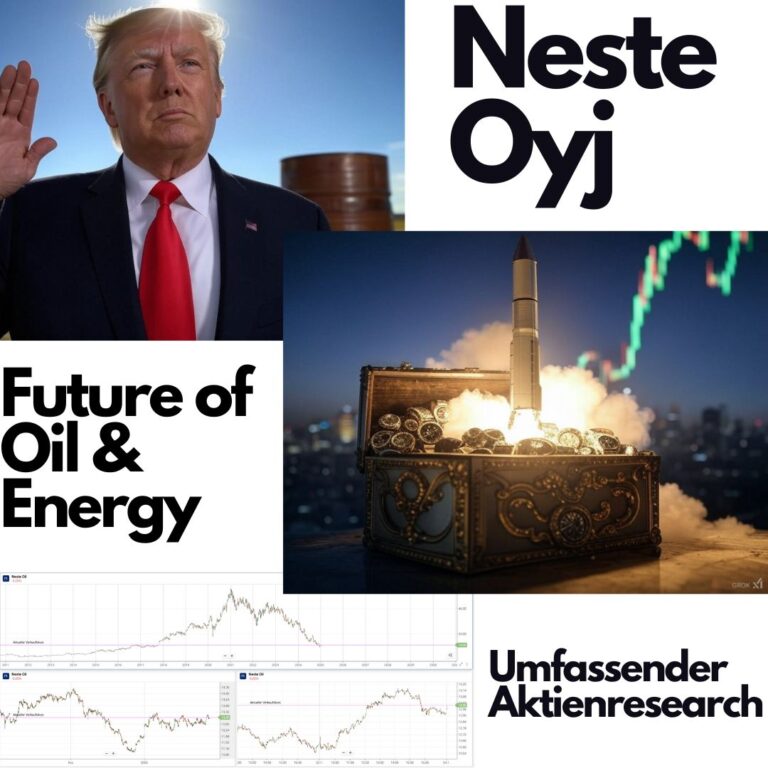Industrial metals are considered one of the important economic indicators. If the economy is doing well, demand for industrial metals also increases. This is also the case with the industrial metal nickel.
Nickel is therefore also interesting for investors. The industrial metal can be traded as nickel futures on the London Metal Exchange (LME) or the Osaka Mercantile Exchange (OME). In addition, investors can also participate in nickel trading through derivatives. This can be done, for example, via CFDs, certificates or funds.
As with all commodities, the price trend for nickel is highly volatile, as it does not depend exclusively on the economy. Fluctuations in output and, above all, inventory levels are also price-determining factors. Nickel can be a really interesting investment for investors and provide the necessary diversity in the portfolio.
Known only since the 18th century
Nickel is an easily formable and silvery-white heavy metal, which is indispensable today, especially in the steel industry. However, nickel was not discovered until the 18th century. Initially, nickel was thought to be a non-fusible component of copper ore. It was only when the metal’s special properties were recognized that nickel became the important raw material it is today.
The industrial metal is extremely corrosion resistant and maintains its strength even at extreme temperatures. Based on these properties, the process for refining steel with nickel was developed.
Steel with the designation „Stainless Steel“ is still in demand today as never before, because the refinement with nickel creates a particularly strong and resistant steel, which is also very insensitive to corrosion. Steel finishing is still the largest and most important area where nickel is needed.
For example, around 65 percent of the nickel mined is used for steel refining. Another 22 percent of the total is required for other nickel alloys. The electrical industry also cannot do without nickel, for example for the production of cathodes and anodes. However, the electrical industry accounts for only about 8 percent of the mining volume. The remaining 5 percent find other uses.
Worldwide dismantling
Nickel deposits exist worldwide on all continents. Europe and Asia each account for 29 percent of nickel production. Around 23 percent is produced in America and around 11 percent in Australia. Africa, on the other hand, accounts for only 4 percent of the total.
The main mining countries of the industrial metal are Russia, Australia, Canada and Indonesia. Demand for nickel is quite high in all industrialized countries, with the largest demand coming from China.
Investors also regard the steel sector as an indicator of current nickel demand. If the global demand for steel increases, the demand for nickel automatically increases as well and investors can expect prices to rise.







